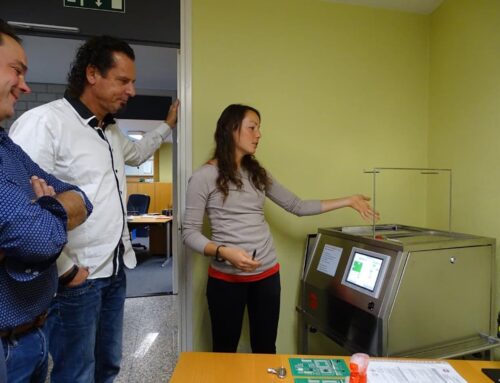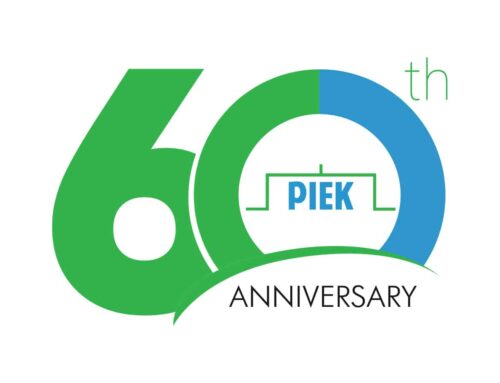We may not realise it, but over one third of all work worldwide is being executed by robots at this moment. One example is machines performing repetitive actions, and another is machines that execute daily activities on the basis of algorithms. In this article we will take you into the world of robots. Before we go over a few examples in various sectors, we will present some facts and figures.
The application of artificial intelligence makes it possible for robots to be used more effectively. Assembly lines in car factories are a good case in point. Such a factory’s total infrastructure is becoming increasingly smart, from warehouse management to quality control. Robots keep learning to fit better and better into the structures of the so-called smart factories. As soon as 5G is common in many places and many real-time data are available and can be analysed, human beings will be less needed on the factory floor. It is expected that nearly 50% of all industrial activities will be automated in four years. Automation is done by algorithm, machine or robot. Machines and robots are expected to fill 85 million jobs worldwide. These jobs can be found across all sectors, such as the construction industry, health care, farming, logistics, etc. The turnover of companies active in robotics will soar to €55 billion in the coming years, a gigantic amount of money. How will robotics change the various sectors? Let’s take a look at the building industry, at the agricultural sector, at industry and at health care.
Building industry
One of the most traditional sectors in society is still the building sector, but even within this sector robotics have made remarkable inroads. The traditional profession of bricklayer may well disappear in the future when the robot takes over. Fastbrick Robotics is able to lay 1000 bricks per hour. An experienced bricklayer can do between 300 and 500 a day. On top of that, the Hadrian X – the name of this robot bricklayer – is able to do even more. He can also grind, mill, etc.
3D printing is now also becoming a staple in the building industry. There is a beautiful example of this in Amsterdam. A stainless steel pedestrian bridge has been printed and placed over a canal. The company responsible for this innovative solution is MX3D. Actually, the bridge is more than just a pedestrian crossing. It has sensors that monitor its own structure and its surroundings 24/7. It can also measure the air quality and the temperature around it.
The agricultural sector
In Australia robot Eve helps picking apples and can be used for many varieties of apples. Soon trial runs will be taking place to robot pick pears too. In greenhouses robots have also been introduced now. In California strawberries and basil are grown on hydroculture. With the help of artificial intelligence the Grover and Ada robots are able to create the optimum growth circumstances for the strawberries and basil. Should an individual plant need extra nutrition, this is noticed, and robots administer the dose that is required for the best result.
Industry
A mobile assembly line robot makes sure that factories have more flexibility in their assembly processes. The HelMo robots are very powerful and able to apply various techniques, meaning that they can execute certain tasks that the human hand could not do as accurately. The robot can function autonomously and hooks itself up to the power grid or compressed-air network. In the automotive industry we also find innovations in the field of robotics. Coating car bodies is not easy, because of all the intricate shapes that are designed for the bodies. Giving bodies a consistent coat of paint requires a lot of attention. The EcoRP E043i is a painting robot that is very flexible and can give hard-to-reach spots on the bodywork consistent layers of paint.
Health care
Blood sampling is still work done by people. If the Californian Veebot company has its way, the Veebot robot will soon take over this job. The robot is able to draw the desired sample of a patient’s blood within one minute, finding the vein with 83% accuracy. Human accuracy is a lot lower. Another benefit is that additional devices can be connected to the Veebot robot, such as a device to analyse blood. Health care professional hail the potential of devices like the Veebot robot.
The Cyberknife is another development in the medical sector. Developed by neurosurgeons at Stanford, this system is able to cut tumours from a patient’s body with external-beam radiation, so providing non-invasive radiosurgery. Because the Cyberknife moves around the body and can direct beams from thousands of angles, it can concentrate radiation and minimize damage to surrounding tissue.
These were just a few of the current developments in various sectors that the technical interconnect industry supplies material to. PIEK will keep updating you periodically on more of these developments.










